
Global Support for Professionals
AFP is one of the main press agencies, along with Reuters, AP and Getty. Each agency tries to provide the best images, so the competition between us is tough. I'm a photo-technical chief editor, and my work is not only to shoot photography, but to organize all sorts of workflows. We work in 201 countries around the world, and I'm in charge of managing photographic equipment for these photographers.
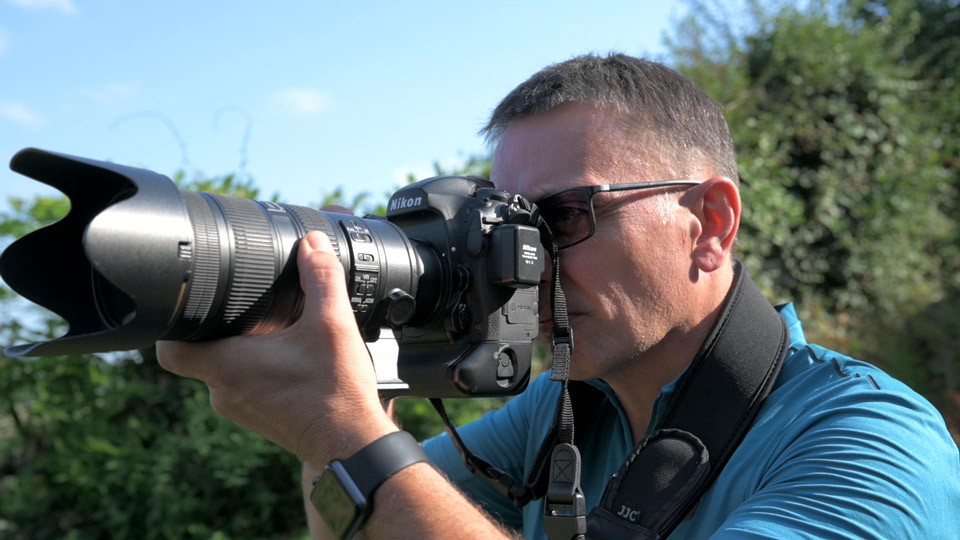
For me, covering big events means an opportunity to consider what we need, and the evolution of the equipment. I also meet with photographers to discuss the equipment, and the way to shoot pictures. It's very important to be in the field, and to keep a connection with other photographers.
For sport, my main camera is the D5. This is a reactive and ergonomic model, and I think it's a very strong camera. For a long time, it was impossible to have the first frame sharp, because all models took a little time to make a sharp image. The D5 was the first camera for all of us where the first frame was completely sharp, and the focus was maintained throughout all of the action afterward.
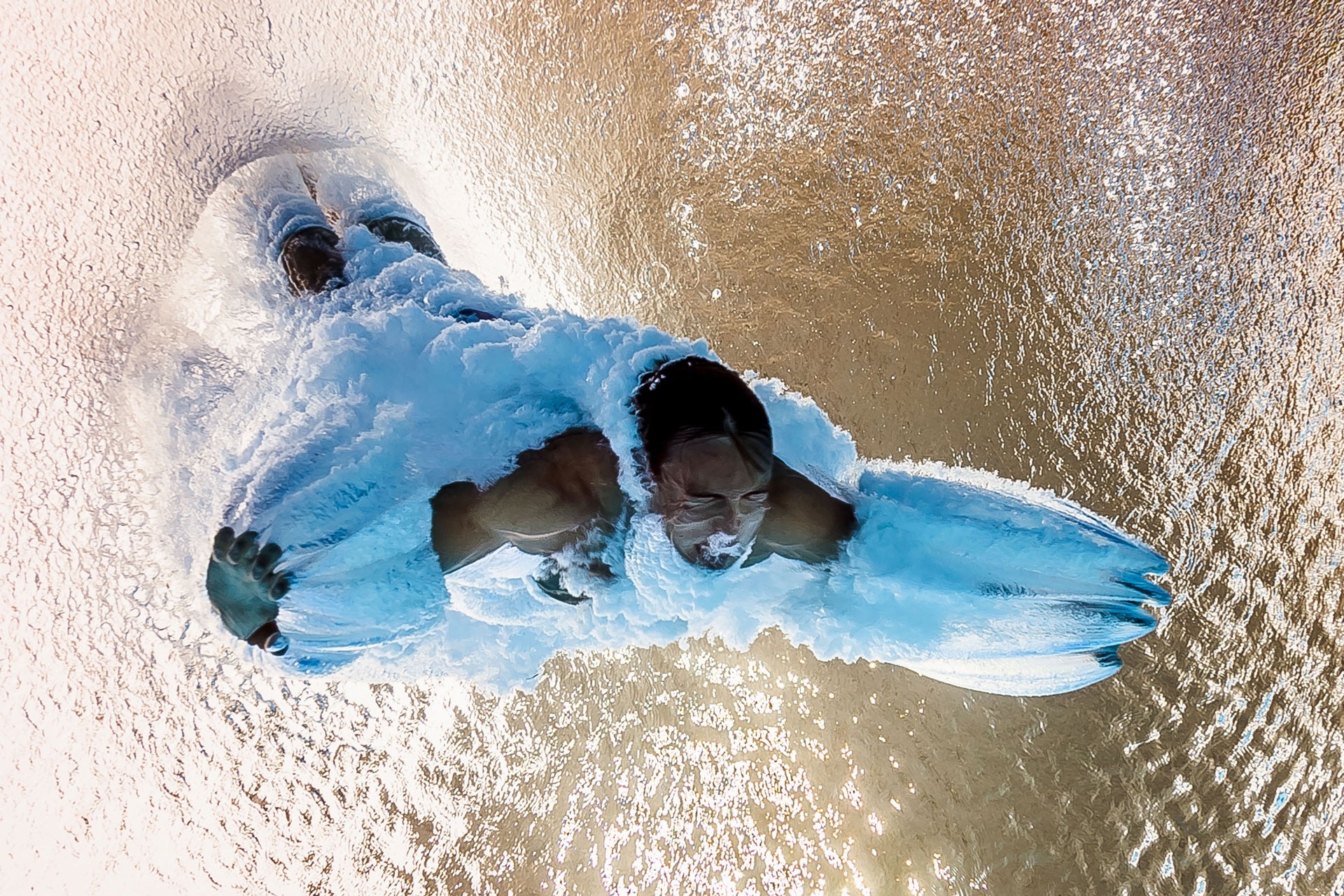
We have three different workflow styles: "standalone", "tag-and-send" and "live". The oldest is the "standalone", where the photographer shoots the picture, manages production, selects the picture, makes the crop, captions the picture and sends it to an editor who will confirm and deliver the picture to the client. We use this workflow less and less.
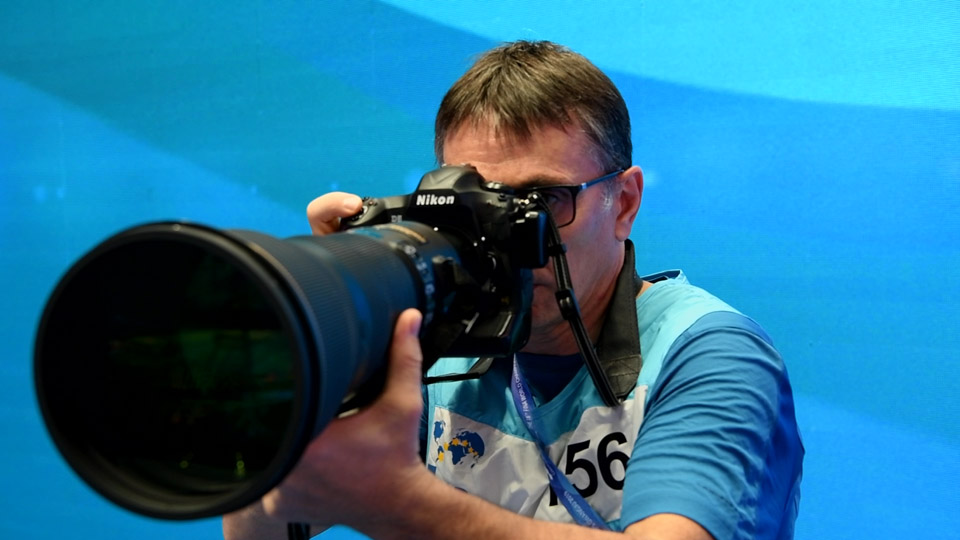
Next, we have the "tag-and-send", which is the main workflow for AFP. The photographer shoots the images, selects a picture, makes a voice tag, and "tags-and-sends" the picture directly to an editor. The editor receives a large selection of images with voice tags, and uses this information to choose the picture, crop it, caption it and send it to our client.
Finally, we have the "live" workflow, where the photographer is directly connected through the wire. Each time the photographer shoots, the picture arrives on the editor's computer. The editor selects the picture and gives it to another editor, who captions it and sends it to the client.
The D5 is great for this workflow, as it integrates shortcuts for sending pictures. It's really important to have a quick button that allows the photographer to make a voice tag and send information to an editor. Also, the FTP transfer is very strong, very efficient and very fast.
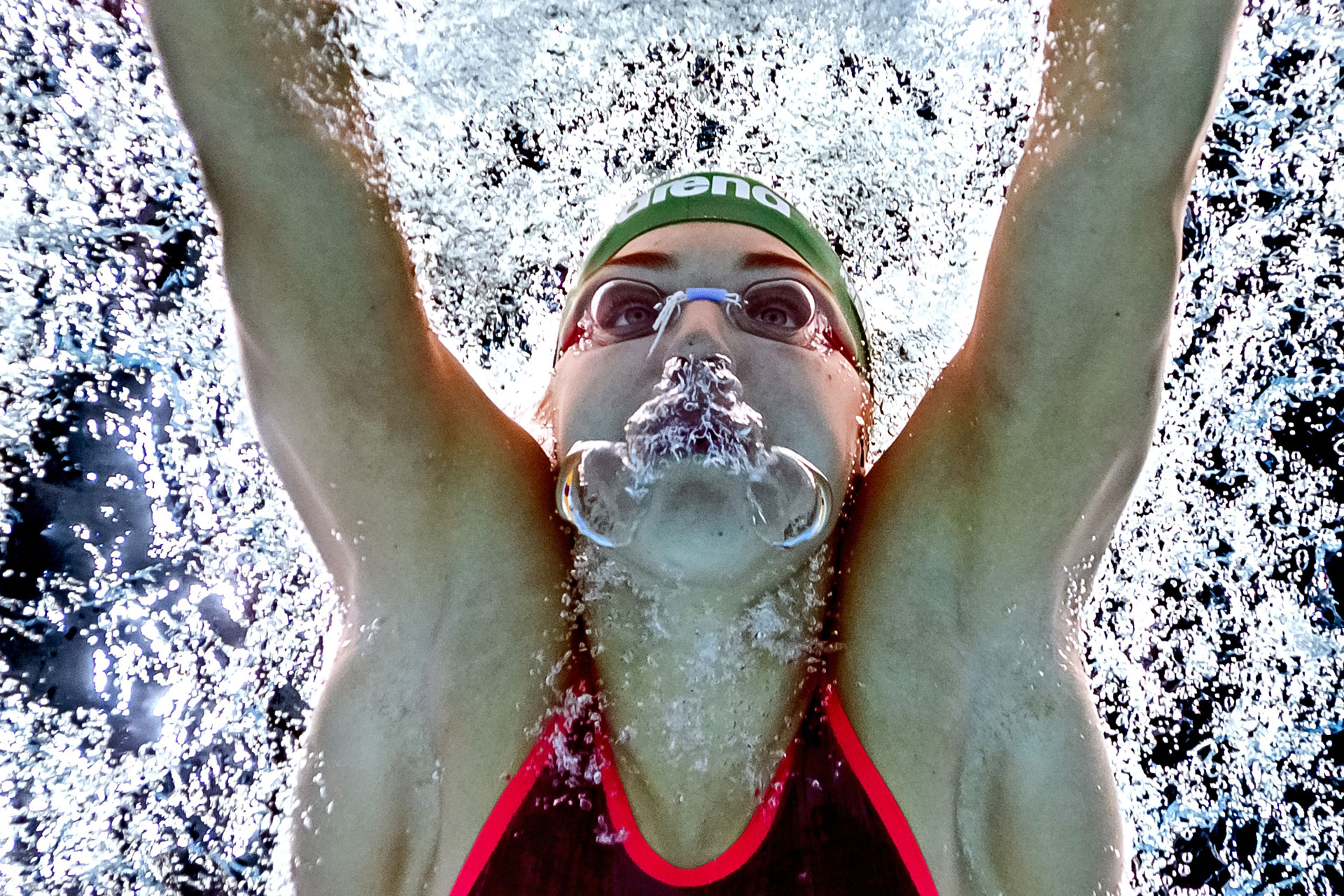
Nikon is a great supporter for press photographers. When you arrive at a big event, you know you will find NPS services to help you clean your sensor, borrow the right lens for something specific, and give you information about a new setting or firmware. The proximity between NPS and the photographer at a big event is very important.
Nikon has the capacity to listen and provide the best services possible. We have 300 photographers all over the world, and it's very important for us to find services in all of these places. Nikon helps us a lot when we need to get equipment for our photographers if something gets lost or stolen, or if it breaks. They also have the capacity to discuss our needs, and try to provide equipment that corresponds to what we expect. We've developed a strong relationship with Nikon, as we have been working with them for a long time. Nikon is more of a partner for AFP than a provider of various equipment, and we are very lucky to have this kind of relationship that allows us to provide unique images.
We try to present our clients with images that have some unique angle. This is very difficult, however, because many professional photographers wish to do the same thing. Since 2004, I've been shooting swimming events from underwater using fixed cameras. I was very happy with the images, but I was frustrated because the camera was fixed. With Nikon, however, we developed a robot that moves on three axes. We saw the images in real time, and shot the athlete from the bottom of the pool with absolutely amazing results. We were able to do this because Nikon supported us to develop the robot.
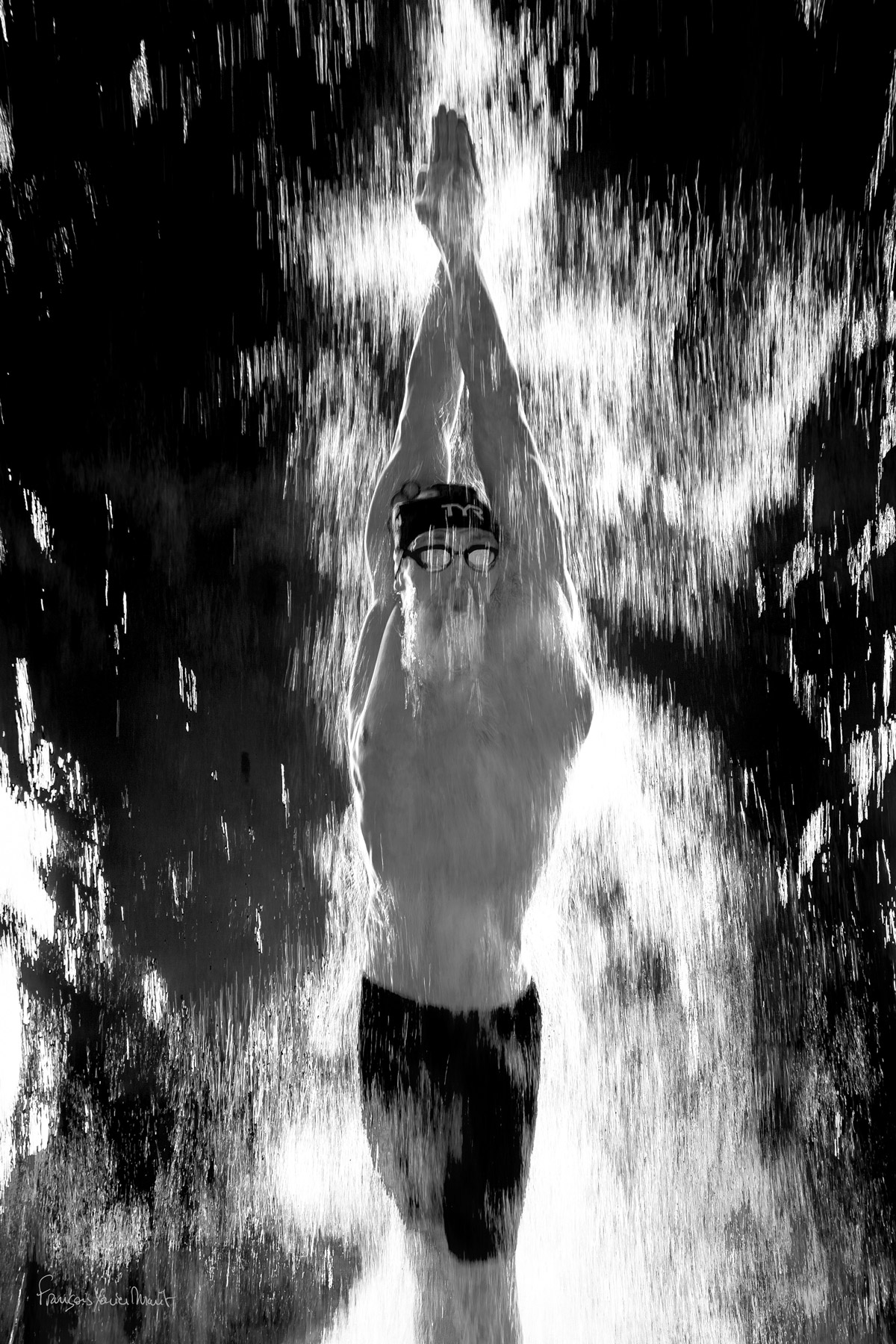
As a photo agency, speed has always been the most important part. We've always tried to be the first to deliver to our clients, and so we try to organise everything in order to send the first picture of an action as fast as possible.
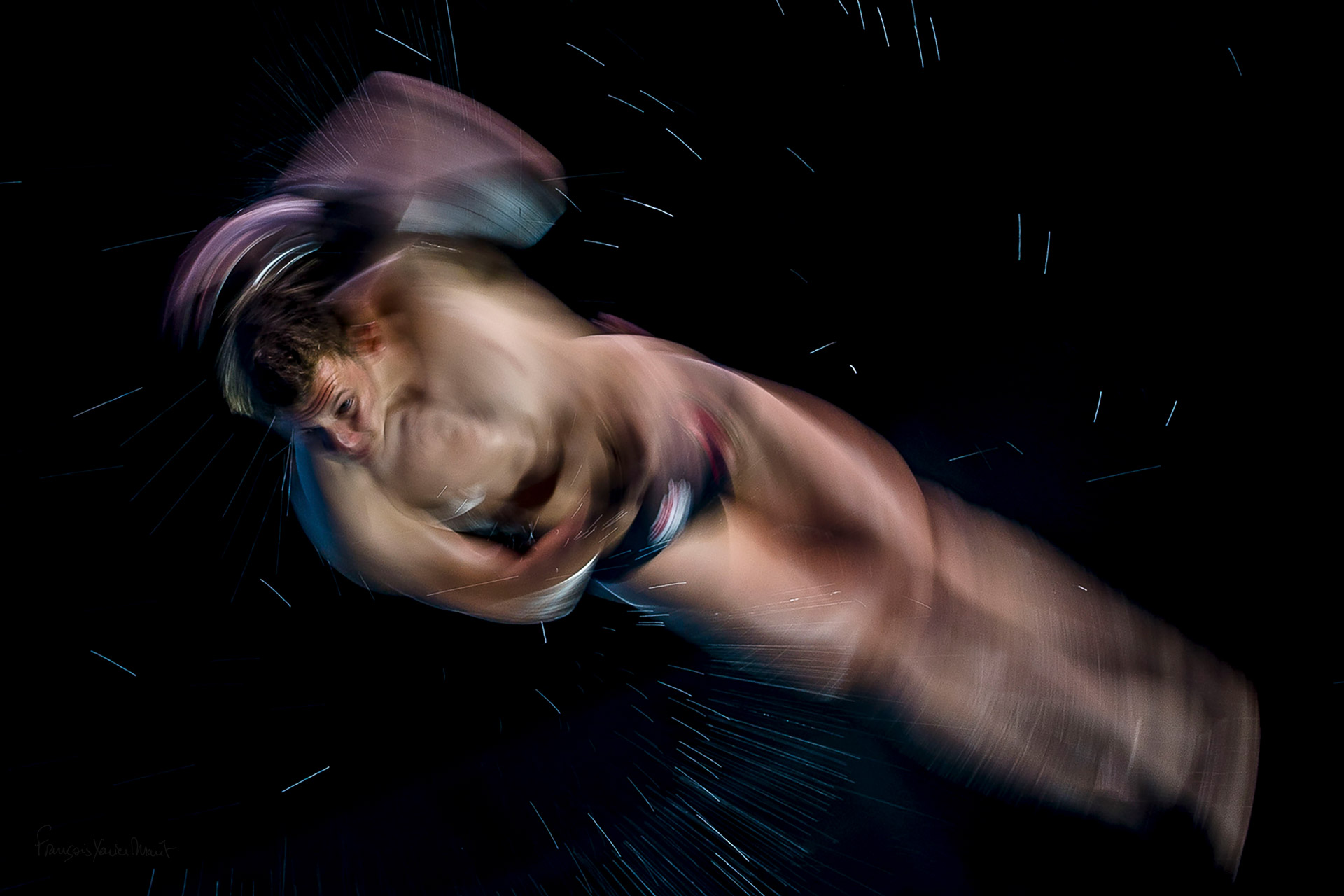
The quality and definition of images is very important for sports action, because it really makes us feel the emotion of the athlete and the intensity of the action. We can also see the drops of sweat, and all the details of the athletes' faces and muscles. Cameras nowadays enable us to see all of this, and it makes really great pictures. The quality also enables us to crop the pictures, in order to really pick up the moment.
For a normal football match, an editor would edit images from one to three photographers. For a small match, each photographer will send at least 100 to 200 pictures, so an editor will receive between 600 and 1000 pictures-all during the time of the match. The images we receive must be of really high quality in order for us to choose well, make different crops, have a variety of pictures, and end up with a good production.
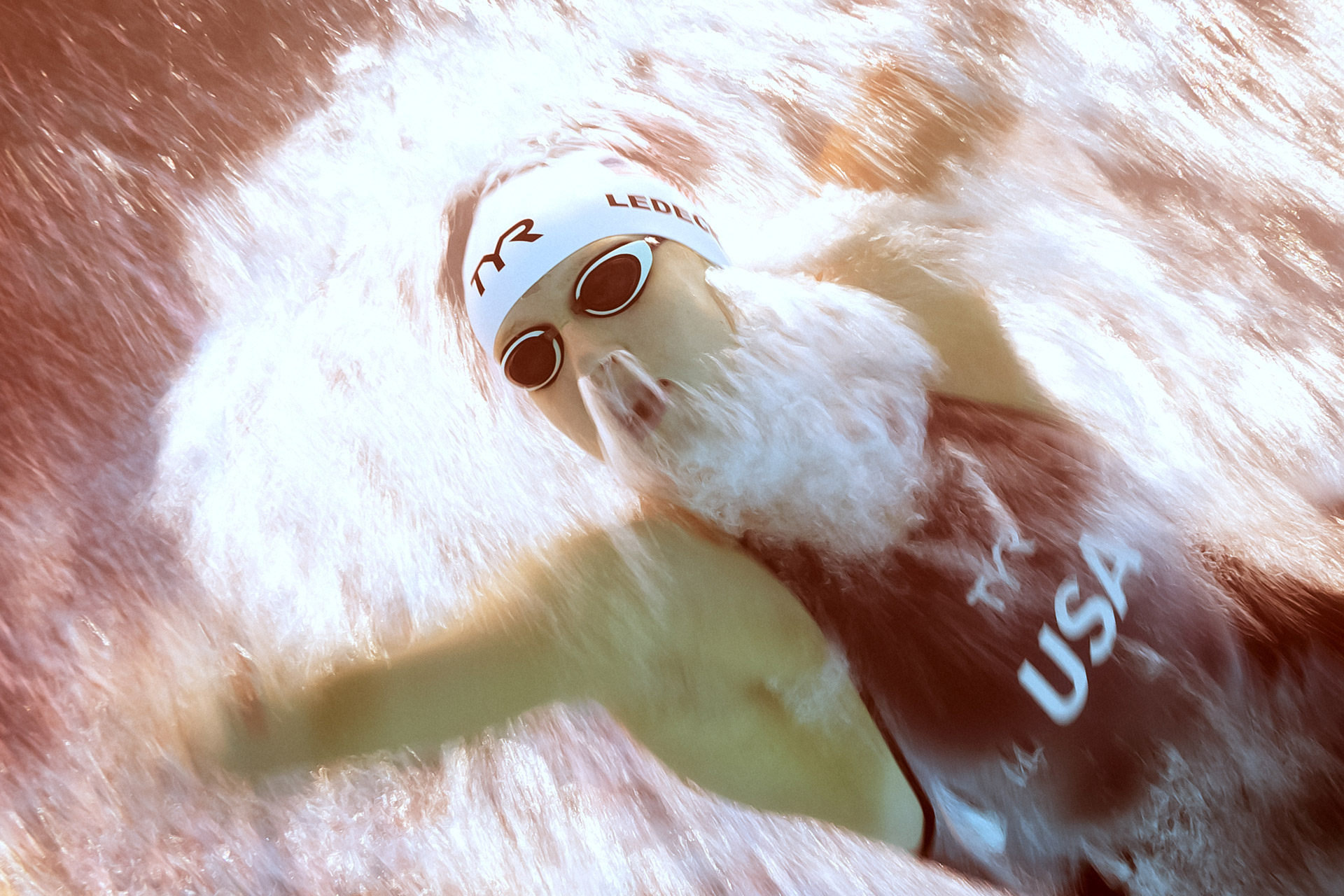
Voice tags are very important, as our main job is to caption the pictures so that every athlete is identified. Sometimes we don't know the athlete and don't see their numbers, so that's the job of the photographer: to help the editor with identification.
For sports photography, we have to provide images for the websites in real time. We need to have proper equipment, and be able to transmit the images quickly. We also need to be able to have the editors sitting there, cropping, captioning and sending them as fast as they can. With the new cameras and technologies, our aim is for websites to feature the same images or actions as on broadcast, right after they appear on TV. It's a lot of pressure during big events, for example, while we're waiting for the pictures from the photographers. There's a lot of pressure for the photographers too, because they not only have to shoot the right pictures, but the images must be sharp and the quality has to be good. And in the back, the editor has to be able to choose the right picture, crop it in a proper way, identify it and send it right away.
At this level, we're like the athletes. The photographers must be equipped perfectly, with all of the lenses and camera bodies needed for an important sports event. At the same time, the editors need to have a perfect organization of their workflow to receive the pictures, treat them properly, and send them to the clients as soon as possible.
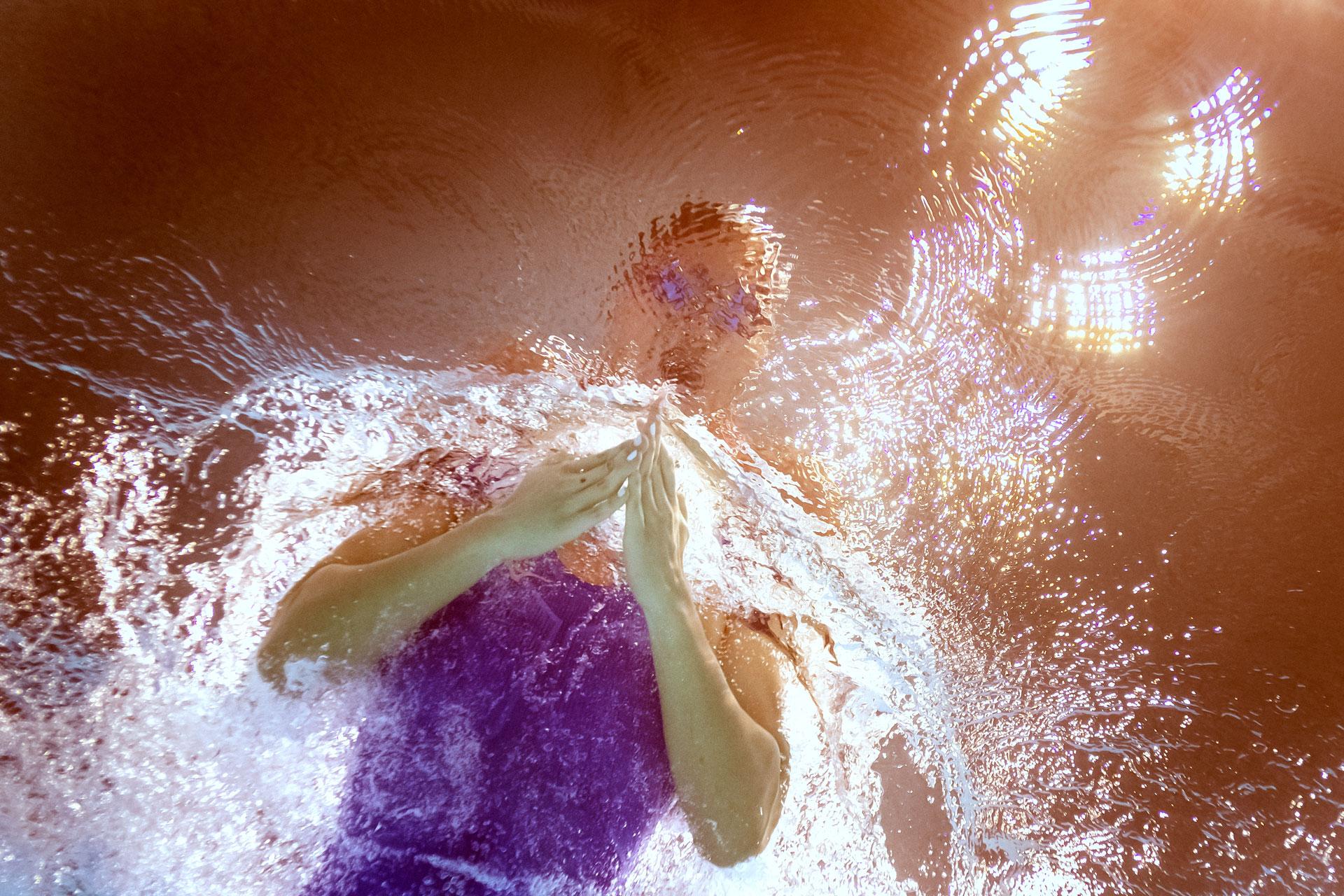
François-Xavier Marit is a sports photographer based in France. He works in the role of technical chief editor at AFP, where he is in charge of selecting gear and equipment for AFP photographers. He has worked with AFP photo editor Roxane Camp to cover numerous international sport events around the world, including FINA 2019 in Korea.
https://www.afp.com/
Roxane Camp works in the role of picture editor at AFP, where she is responsible for receiving and editing images that have been transferred by AFP photographers out in the field. She is also in charge of organizing coverage of all sports events for AFP.